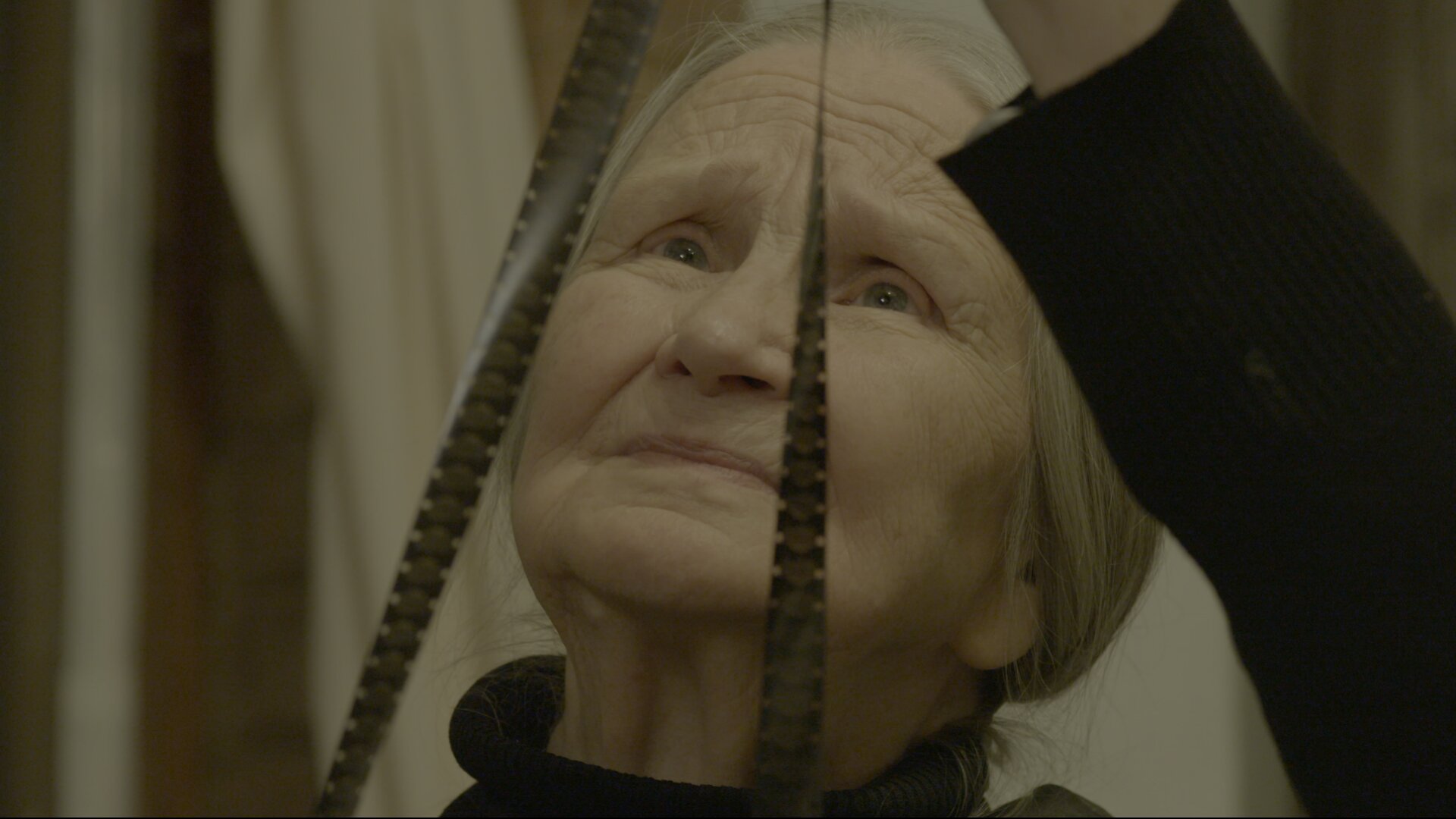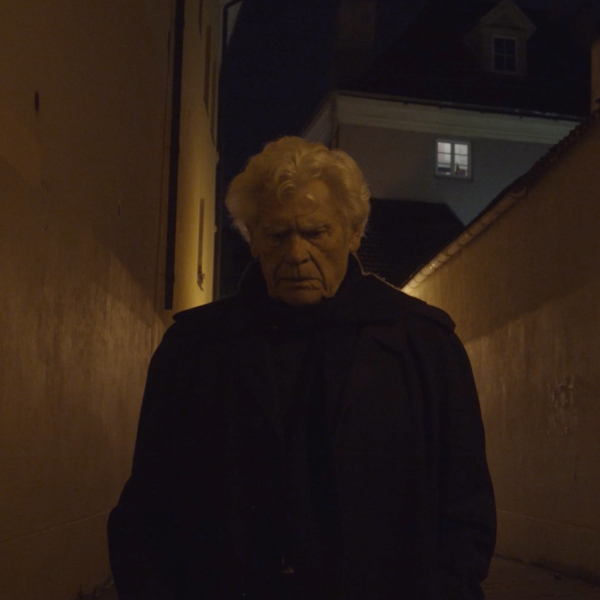
The Mammoth Task of finding home again
Aistė Stonytė’s documentary The Mammoth Hunt tells us about cultural disobedience in Lithuania under Soviet oppression and its consequences.
In 1968, people from all over Lithuania stormed the Kaunas Drama Theater to witness something simultaneously outstanding and outrageous. Director Aistė Stonytė dedicates her documentary The Mammoth Hunt to exactly this happening – and everything that unfolded afterward.
The play of the same title by Jonas Jurašas sold out almost every night. Back in a time when cultural productions were subject to censorship by the Soviet oppressors. Despite being critical of the regime – luckily maybe too subtle at first glance – the piece played in Kaunas for over a year. One way or another, word about the controversial play reached the authorities, which then immediately banned the performance. Jurašas was left with the choice of fleeing the country or facing severe repercussions. He chose life and emigrated from the USSR to the USA. But before that, all the members of the production gathered one last time to do something dangerously courageous. They filmed the play.
All lost
However, the recordings later vanished. For seven years, it was Stonytė’s personal „mammoth“ task to find out more about these reels and their disappearance. As the daughter of one of the participants in the original play (a detail absent from the film itself) she had a personal connection to the story. This may be the reason the 94-minute documentary gradually loses its focus and presents us with two storylines with two different storytelling modes.
The first section revolves around the secret 16 mm recording of the play and the unsuccessful attempt to recover these reels (a separate audio recording does exist). Interviews with Jurašas, the camera operators as well as other colleagues, friends, and collaborators should throw light on the matter. However, since it all happened fifty years ago, nobody remembers correctly – and each denies responsibility for initiating the filming. The self-protection mechanism apparently still sits deep, and whoever knows about the whereabouts of the reels will probably take this secret to their grave. The editing by Audinga Kučinskaitė is particularly effective in this section, and sometimes even provides a touch of comic relief.
Stonytė then takes us on a different journey. We meet Jurašas as a man who was forced to leave home and returned to the newly independent Lithuania years later as a hero. Only to learn that hardly anything about this country still felt like home to him. The director manages to convey Jurašas’ internal struggle and the emotional complexity of his situation authentically and tangibly. However, a scene where Jurašas is overcome with emotion and cries on the stage of the theater breaks with the previously established credibility. This unfortunately comes across as a rather artificial and constructed sequence.
Conclusion
Stonytė tells an important story about the Lithuanian fight for independence and the role art played in that. However, her film would have had a clearer focus if it decided on one story. The struggle of (politically) expelled people and their perception of the home should have been allocated more time and space. Especially if one fought for it the way that Jurašas and his companions so bravely did.

The Mammoth Hunt
Director: Aistė Stonytė
94 minutes, Lithuanian
This article was written during the MIOB LAB of Cultural, Creative and Festival Journalism at the European Film Forum Scanorama



